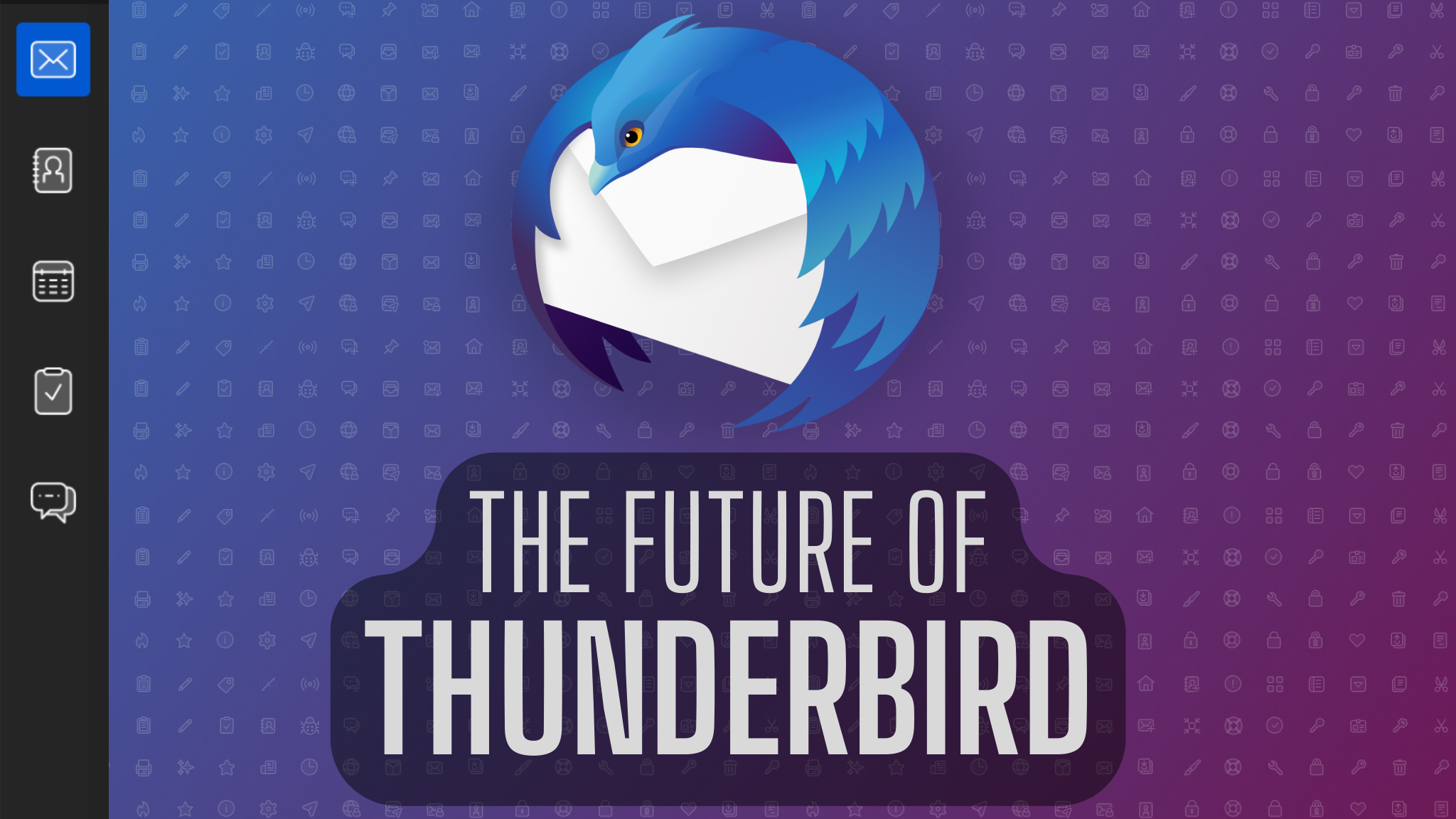No, that makes the person who promised to do something incapable of doing it. If I promise to jump over a stool and fail that doesn’t make me a liar because I actually intended to fulfill that promise.
Helix 🧬
Mastodon
- 27 Posts
- 954 Comments

 3·2 years ago
3·2 years agoWhen did you try Matrix? You can just choose to not encrypt your chat room. Apart from that, in 2022 the encryption hiccups got way better, in 2023 they’re barely happening.
I recommend FluffyChat as mobile client and Nheko for desktop. The Matrix experience relies heavily on the client you’re using.

 111·2 years ago
111·2 years agoWhy not use fwupd?
Because they’re a Manjaro user and already lost.

 5·2 years ago
5·2 years agoNext time buy from vendors which support fwupd.

 5·2 years ago
5·2 years agoimprovements to accessibility are hard to argue with.
It’s pretty good, yes. But other fonts not specifically designed for this fare quite well in contrast to what you’d believe: https://www.linkedin.com/posts/garethfordwilliams_dont-believe-the-type-axe-con-2021-activity-6904510195884445696-93xG

 2·2 years ago
2·2 years agoWhich phone?

 4·2 years ago
4·2 years agoJust fork it and you can decide.

 12·2 years ago
12·2 years agoActually, I use systemd because it just works for me and operating systems aren’t my hobby. Linux is my job, and things that work well cause less overtime for me.
I’m very excited for Debian 13 :)

 8·2 years ago
8·2 years agoThat was a nice game. It still has a small community but I wish they had open sourced it. Probably not possible because of licenses…

 61·2 years ago
61·2 years agoDo you know what the word ‘example’ means? There are people who aren’t as superbly knowledgeable as you are.

 1·2 years ago
1·2 years agoWith snaps and their weird approach to software management in general. I don’t have any idea which mainstream distro with KDE I could recommend since Mint doesn’t offer an official spin and Fedora doesn’t have the same LTS release cycle as Ubuntu.
So I’m kind of at a loss here, as there don’t seem to be sensible beginner distros anymore.

 22·2 years ago
22·2 years agoikr? NixOS is particularly bad

 1·2 years ago
1·2 years agoNice, but how do I zoom on mobile?

 5·2 years ago
5·2 years agoTry limiting the frame rate.

 19·2 years ago
19·2 years agoEmbracer, Extend’er, Extinguish’er. I hardly know 'er.

 2·2 years ago
2·2 years agoDo you have VAAPI installed and configured properly for hardware acceleration? Does video playback outside YouTube, e.g. with YouTube-dl and MPV, work?

 3·2 years ago
3·2 years agoNice, thanks.
I like AnySoftKeyboard but it also doesn’t have great predictions. They’re very customizable though, so maybe you can get something out of it?












Citation needed. Solving a case for a police officer means finding a person who looks guilty, not that they’re actually guilty. Even if they’re convicted they could’ve just been convicted by being at the wrong place at the wrong time.